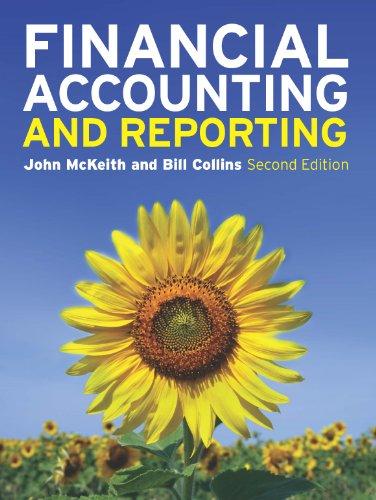Journal Cuts sualice 2/1/17 5,000 85,000 When a corporation applies for a charter, they have to request how many shares of common stock they wish to be authorized to have available to issue to investors. So let's say that Dlonk Corp. applies for a charter and is authorized to issue 1,000,000 common shares of stock. All corporations generally set a par value for the common stock (few corporations choose to issue no-par value common stock, so we will not consider this as a feasible choice). Par value has no relationship AT ALL to the market value of the common stock, ever. Its only use is to set what is called the legal capital of the corporation. The legal capital of a corporation sets the minimum amount of net assets under which the corporation can still operate and not be required to be liquidated The only use for par value in accounting is for the issuance of common stock. Let's look at an example. Assume that Dlonk Corp. requests and is authorized to have a par value of $0.50 per share. If on 2/1/17. Dlonk issues 10,000 common shares for $9 per share, the entry to record the issuance would look like this: Cash 90,000 Common Stock Additional Paid-In Capital - Common To record issuance of 10,000 shares of common stock Common stock credit = 10,000 shares x $0.50 par value = $5.000 APIC- Common credit = $90,000 - $5,000 = $85,000 (Please abbreviate Additional Paid-In Capital -- Common to APIC -- Common) At this point, Donk's legal capital is $5,000 (no. of common shares issued X par). This entry illustrates how the problems in Spiceland in Chapter 2 are too simplistic. For example, on page 55, Illustration 2.6, for Dress Rights's transaction on July 1, we see that the $60,000 in cash received for 6,000 shares of stock was equal to the increase in the Common Stock account. We are not told that the stock is no-par stock, but either it is no-par stock or the par value of the stock is $10 per share ($60,000/6,000 sh = $10) and that it was also issued for $10 per share. For any problem I give you that relates to common stock issuance, there will be a par value and there will also be APIC -- Common amount Notice also on Dress Right's Statement of Stockholders' Equity on page 76, II. 2-16. that there is no column for APIC - Common. However, almost all companies will have a column in the Statement of Stockholders' Equity for both Common Stock and APIC - Common. See page 1053, Il 18-4, for a real-world Statement of Stockholders' Equity. Note that the column headed "Capital in Excess of Par Value stands for APIC - Common See page 1059. III 18.5 for another example of the entry required when common stock is issued Stock Issuance Entries Create the journal entries for each transaction. Please note your calculations, if any, for the journal entry figures. 1. Inguinal Mfg. issued 12,000 shares of its $2.50 par value common stock on 1/1/20 at $7.00 per share. 2. On July 1st, Inguinal issued an additional 20,000 shares of its common stock at $15 per share. 3. On December 31, 2020, the Board of Directors of Inquinal paid a dividend of $0.75 per common shares issued and outstanding








